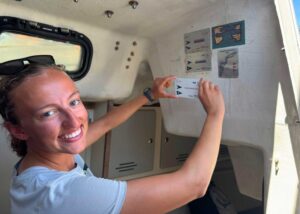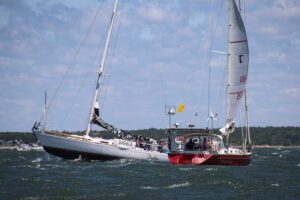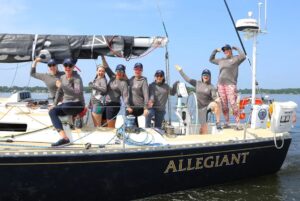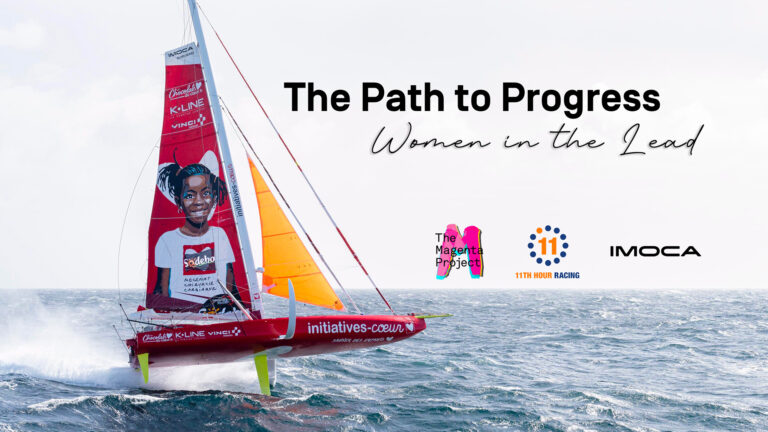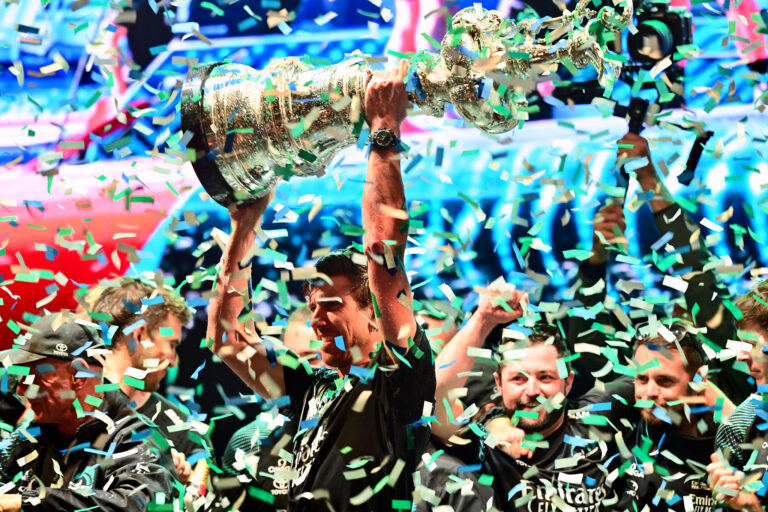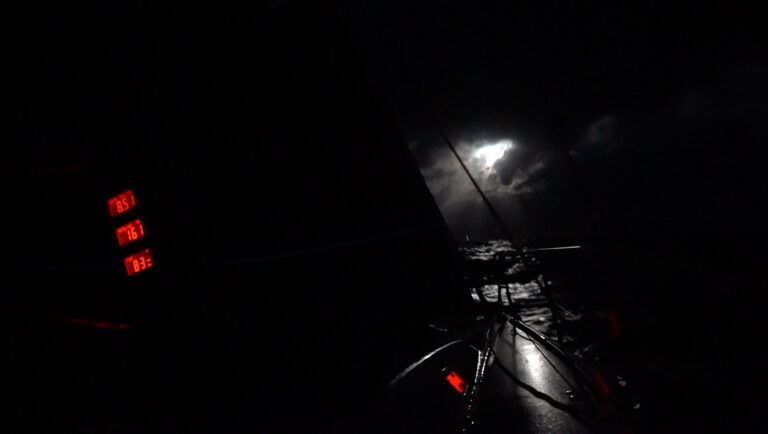
There are basically two kinds of offshore sailboat races out there: those that take place annually, like the Fastnet and Chicago-to-Mackinac races; and those that take place every other year, like the Transpac and Newport-Bermuda race, in part so the competitors have sufficient time to recover before the next running. (The Rolex Sydney-Hobart is a notable exception, being both incredibly brutal and taking place every year: must be all the beer those Aussies drink.)
Then there’s the Seventstar Round Britain and Ireland Race, which takes place every four years, the same as the epic Vendée Globe. Organized by the Royal Ocean Racing Club, the event is not especially well known in the States but is renowned in the UK and Europe as being one of the toughest events around. Starting from in front of the famed Royal Yacht Squadron “Castle” in Cowes, England, the event takes the fleet clockwise past Lands End across to Ireland and then around the top of Scotland back down to the English Channel and into the Solent and Cowes.
IRC 4 winner British Beagle closes in on the finish
Charlene Howard and her crew, Neal Brewer, were all smiles at the finish
Turning points include not just Fastnet Rock, but St. Kilda and Scotland’s Muckle Flugga island, located at roughly 61 degrees north. (For comparison, Cape Horn is located at a mere 55 degrees south latitude.) Yeah, it’s tough, with the entire 1,805 nautical-mile course exhibiting the atrocious weather for which this part of the world is renowned. So tough is the event that the last two times running, the RORC has reversed the course in an effort to keep the fleet from being overly battered by the forecast wind and seas.
According to this year’s overall winner, skipper Giles Redpath of the Lombard 46 Pata Negra, which finished in just over nine days, eight hours, “To win this race overall is amazing, my greatest racing achievement to date without a doubt. It is a phenomenally interesting race, the conditions change all the time and it is a lot tougher than a transatlantic. It is full-on the whole way round and that increases the level of satisfaction when you do well.”
Of course, this being Great Britain, a place known for its quirkiness, a wide variety of boats and crews could be found among the 28-boat fleet. These included Paralympians, a young student crew from Oxford University (which had its issues with seasickness) and a number of tough little racer-cruisers—among them the American-flagged Jeanneau Sun Odyssey 45.2 A.J. Wanderlust, skippered by Michigan’s Charlene Howard and crew Neal Brewer, which put into port at one point for repairs, but still completed the course in just over 17 days.
“I asked Neal to stick with it, which he absolutely did,” Howard said of the team’s setbacks. “We still had 1,500 miles to go and I didn’t want to give up. This race is only every four years, so there was no way I was stopping now!”
Then there was Tim Winsey, who along with Charles Emmett won the doublehanded IRC 4 section aboard the classic Sigma 36 racer-cruiser British Beagle—despite it being Emmett’s first offshore race. “The first week there wasn’t a moment you could relax, it was just relentless and intense,” Winsey said. “I didn’t know quite what to expect, but this to me is normal now. I’ve done a lot of cruising when I was younger, and I don’t really do racing, but we had a chat in the pub, and we hatched the plan to do it.”
For more on this year’s Round Britain and Ireland Race, or to find out more about entering the next time around, visit roundbritainandireland.rorc.org.
Photos courtesy of RORC
November 2018



